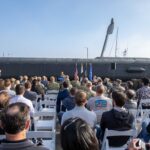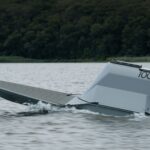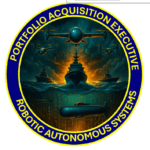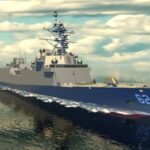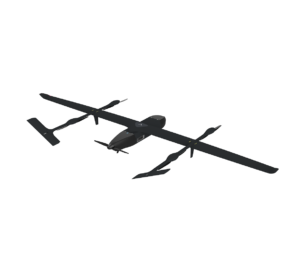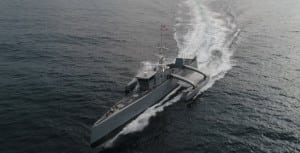
The Navy’s 5th Fleet’s Task Force 59 was stood up on Sept. 9 to help test and integrate unmanned systems into the service, following previous ongoing efforts. The new task force comes after the Navy previously established Surface Development Squadron One (SURFDEVRON) in 2019 in San Diego to conduct experimentation with new surface warfare capabilities and concepts like unmanned vessels (Defense Daily, May 24, 2019). Vice Adm. Brad Cooper, commander U.S. Naval Forces Central Command (NAVCENT), U.S. 5th Fleet and…

 By
By 